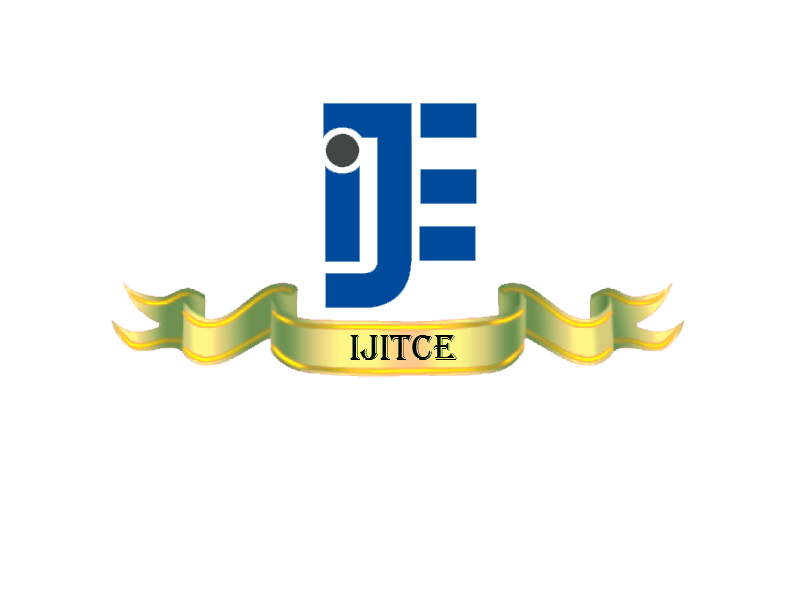Veronika Vitkova #1, Tomas Hladik *2, Petr Tulach #3
# Czech University of Life Sciences Prague, 16521 Prague 6 – Suchdol, Czech Republic
* Czech University of Life Sciences Prague, 16521 Prague 6 – Suchdol, Czech Republic
1 vitkova@logio.cz
2 hladik@tf.czu.cz
# Logio s.r.o., 160 00 Prague 6, Czech Republic
3 tulach@logio.cz
Abstract:
The purpose of this paper is to prove methods of redistribution management on the model of unsold goods. A research was carried out with data sourced from the aftermarket sector. The research was used to explore basic questions of what are the benefits of unsold goods redistribution and how it should effectively contribute to inventory management.
The existing information models have focused on forward distribution flows – from suppliers to consumers. The current information systems are generally in-depth specialized in forecasting methods of future consumption while they do not deal with returnable asset control. The paper provides a comprehensive description of the redistribution principles tested on the compiled model. The basic prerequisite that needs to be fulfilled in order to reach results, is sharing information between suppliers and consumers. For application of this method a shared information platform within the supply chain is required.
The expected outcomes of the proposed model are reduced inventory levels and improved structure of the portfolio resulting in higher profits. The redistribution was conducted with the aim of accelerating inventory turnover and minimizing redundant purchasing. Furthermore, a correlation between unsold goods redistribution and higher load vehicle factor was identified.
Keywords:
Redistribution, Inventory management, Cost reduction
Mohammed Abbas Kadhim#1, M.Afshar Alam#2, Harleen Kaur#3
#Department of Computer Science, Hamdard University
Hamdard Nagar, New Delhi-110062, India
1moh_abbas74@yahoo.com
2mailtoafshar@rediffmail.com
3harleen_k1@rediffmail.com
Abstract:
Decision support through information technology become a part of our everyday lives. In this paper we produce a Fuzzy Expert System (FES) to diagnosis of back pain disease based on the clinical observation symptoms using fuzzy rules. The clinical observation symptoms which processed by fuzzy expert system may be used fuzzy concepts to describe that symptoms such as (little, medium, high). To deal with fuzzy concepts in clinical observation symptoms we should be used fuzzy rules to hold this concepts.
The parameters used as input for this fuzzy expert system were Body Mass Index (BMI), age, and gender of patient as well as the clinical observation symptoms. The proposed expert system can help to diagnosis of back pain disease and produce medical advice to the patient. The system implemented and tested using clinical data that is correspond to 20 patients with different back pain diseases. The proposed system implemented using Visual Prolog programming language ver. 7.1.
Keywords:
Fuzzy expert system, fuzzy logic, fuzzy rules, back pain diagnosis
Saumil Barolia ,Sunny Goklani
School of Building Science and Technology, CEPT University,Kasturbhai Lalbhai Campus,Navrangpura, Ahmedabad, India
sbarolia@yahoo.com
india.sun999@gmail.com
Abstract:
Functionality of the commuting infrastructure systems well defines the character of a city.
Inefficient road design leads to unorganized traffic movement and eventually accidents. Extreme cases facing these problems cannot be resolved by implementing traditional solutions like removing encroachments or banning vehicular traffic, as these completely dissolve the philosophy of the road. This calls for an innovative yet feasible approach. This paper caters this issue by analysing practical problems in a holistic manner, thereby suggesting self sustaining tools, which can replicate themselves globally.
Keywords:
Nuisance, Hazard, sustainable, Integrated design.
Ms.Santha devi.P1 M.C.A., M.Phil., Doctoral Research Scholar,Mother Teresa Women’s University, Kodaikanal.
Email: psanthabaskar@gmail.com
Dr.ARTHANARIEE A.M2 M.Sc., M.Phil., Ph.D, PGDCA., M.S.,
Director, Bharathidhasan School of Computer Applications, Ellispettai, Erode.
Email: arthanarimsvc@gmail.com
Mr.Sivakumar.M3 M.C.A., Doctoral Research Scholar,Anna University,Coimbatore.
Email: sivala@gmail.com
Abstract:
A Simple Wavelet Compression (SWC) processing is proposed to maximize compression and minimize energy cost in WSN (Wireless Sensor Network). Most of the current work, utilize lossy image compression techniques to minimize the resource consumption. The lossy image compression technique reduces the size of the image to a great extent, however the quality of the image being reproduced needs appreciation. The existing work presented, an improved polyomines lossless compression technique, which increases the quality of image at receiving end of the wireless communication by reducing the Peak to Signal Noise ratio and mean square error. In Wireless Sensor Networks, reducing transmission energy consumption is one of the important critical issues.
In this paper, we propose a novel Energy Efficient High Quality Image Transmission scheme (EEHQIT) to achieve energy efficient image transmissions in WSNs. EEHQIT scheme is compelling due to its ability of saving individual power consumption over multiple sensors by spreading total transmission consumption. Individual packets describing an embedded wavelet-encoded image exhibit a significantly unequal contribution towards image quality. By leveraging this fact we develop a strategy of appropriately selecting
the number of interactive sensors for each packet transmission in order to achieve the highest possible image quality with minimal transmission power consumption. Experimental results show that our proposed mechanism can provide about 2dB higher image quality under the same power budget compared with other transmission approach.
Simulation results show up to 85% reduction in the total power consumption achieved by using the proposed strategy.
Keywords:
Wireless communication, Image compression, interactive transmission, image quality.
